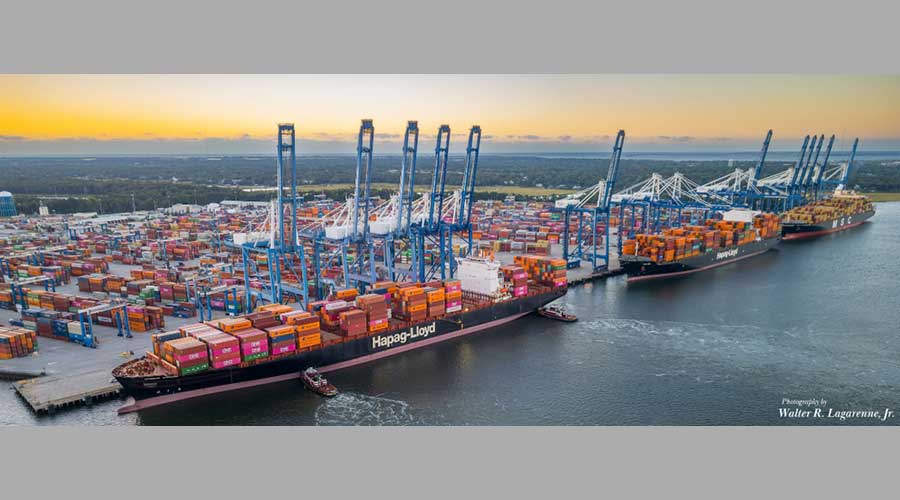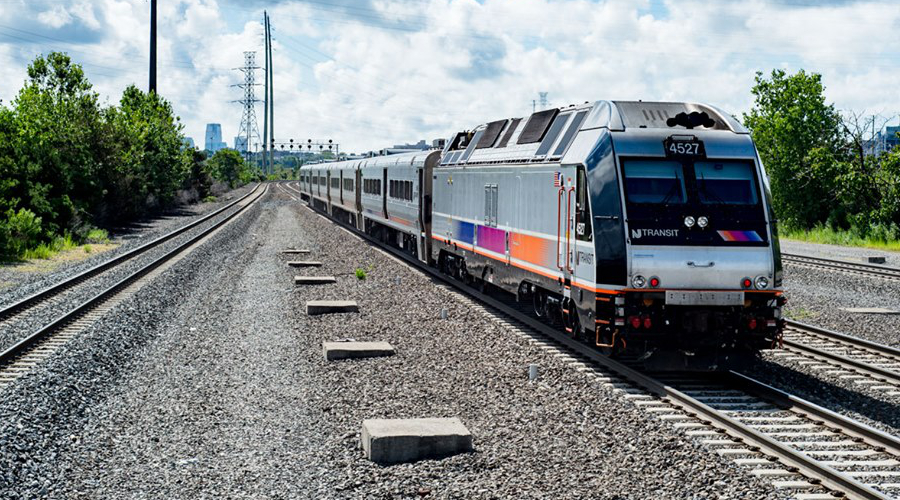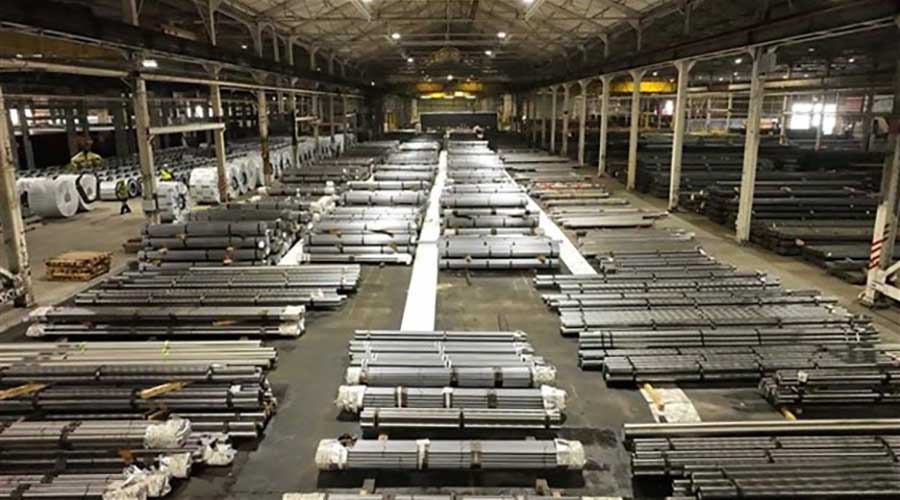Stay updated on news, articles and information for the rail industry
 railPrime
railPrime
7/6/2015
Rail News: Amtrak
Amtrak study: St. Paul-to-Chicago most feasible for second daily train
A study conducted on Amtrak's behalf concludes that an additional passenger train offered daily between Chicago and St. Paul, Minn., with potential extensions to Minneapolis and St. Cloud, Minn., is the most feasible of the potential routes examined, Amtrak announced late last week.
Conducted by the Minnesota and Wisconsin transportation departments, the study analyzed the feasibility of adding a daily passenger train on the routes between Minneapolis, St. Paul or St. Cloud to Chicago. The study concludes St. Paul was most feasible, and recommends an environmental review of the additional service between St. Paul and Chicago, a process that would help make the service eligible for federal funding, Amtrak officials said in a press release.
Adding a second daily train would help improve eastbound reliability and train frequency. The study examined schedules, ridership, revenue, infrastructure investments, operating costs and equipment that would be associated with the service.
The second roundtrip would follow Amtrak's Empire Builder service between Chicago and St. Paul, with the addition of a stop at the Milwaukee Airport Rail Station.
Annual ridership on the second daily train, with a morning departure from Chicago and a mid-day departure from St. Paul, would be about 155,000 passengers, an increase over the current annual ridership between St. Paul and Chicago of 104,000.
Infrastructure capital costs would be about $95 million. New equipment would add $46.4 million.
Annual state operating support — the difference between ticket revenue and operating and capital equipment costs — for the initial additional service would be $6.6 million, the study estimates. Current federal regulations limit Amtrak participation to covering the first 15 percent of the operating cost.


 2025 MOW Spending Report: Passenger-rail programs
2025 MOW Spending Report: Passenger-rail programs
 Gardner steps down as Amtrak CEO
Gardner steps down as Amtrak CEO
 Guest comment: Oliver Wyman’s David Hunt
Guest comment: Oliver Wyman’s David Hunt
 Women of Influence in Rail eBook
Women of Influence in Rail eBook








